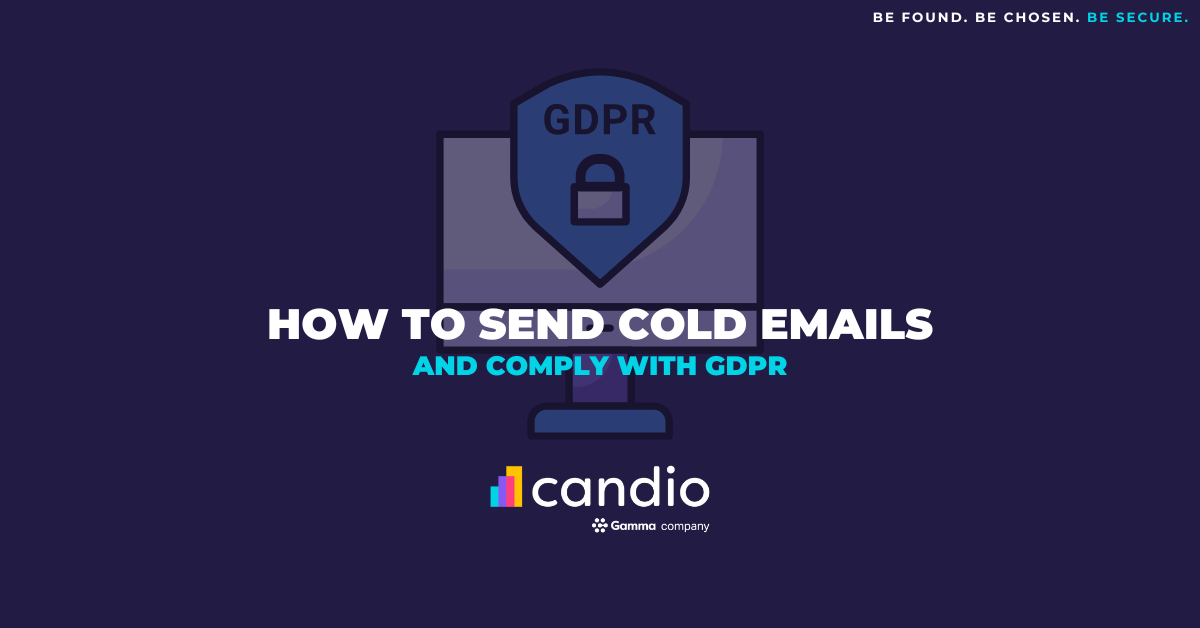Boring Stuff: We aren’t lawyers, this is for information purposes only, not legal stuff. Things may change, so please do seek personalised legal advice.
Most businesses send cold emails every day. As it’s a powerful tool for attracting new customers. However, if you’re sending emails using software platforms like HubSpot or MailChimp, you must take precautions to avoid breaking GDPR.
The goal of GDPR is not to stop cold email marketing or complicate contacting prospects. However, at times, it does feel like it.
You just have to be more careful about collecting, managing, and storing the data you use to send them cold emails. As GDPR aims to safeguard the privacy of EU citizens regarding the handling and use of their data in the digital world.
What happens if you violate GDPR?
If you don’t comply with individual requests regarding data, you will be subject to severe fines, sometimes up to €20 million or even 4% of your annual global turnover.
Is cold email legal?
Yes, completely – if you stick to the rules.
Which regulations apply to cold emails?
· General Data Protection Regulation (GDPR)
· CAN-SPAM Act
· Canada’s Anti-Spam Legislation (CASL)
· California Consumer Privacy Act (CCPA)
It depends on the where the recipient is based. In this article, we are just focusing on GDPR. Some countries within Europe have lower levels of regulations that you should be aware of. It’s difficult to know where a contact is based, so as a rule of thumb base it on where the employee is based as that’s likely to be the legislation they are following.
What are the rules to follow with GDPR?
1. Legitimate Interest
Firstly, only contact people who would benefit from your product or service, you need to have legitimate interested when using someone’s personal data.
The reason can’t be ‘I want to sell them something’ but it could be ‘I want to inform them about the upcoming ISDN Switch-off’
2. Be Honest
You need to be open about who you are, don’t hide sender details include an email signature, link to your company socials, etc. Make sure you use the correct sender name that allows the recipient to identify you. Also, ensure the subject line is clear.
3. Opt-Out
This is the most important, allow contacts to unsubscribe, most emailing platforms will include this an option but ensure its on when contacting prospects
Once they’ve opted out, don’t email again!
4. Data Security
Don’t run the risk of leaking any stored email addresses or other personal info you’ve collected.
5. Housekeeping
This is a challenging one, but keep your data up-to-date, make sure you remove bounced & opted out contacts.
6. Source of Data
Remember where you got the data from.
7. Follow Up
As long as people can say no, you can still send follow up emails.
Conclusion
Please do not use this blog post as evidence in a court of law.
GDPR is something to take seriously, but hopefully the above can help you and your company stay compliant.
